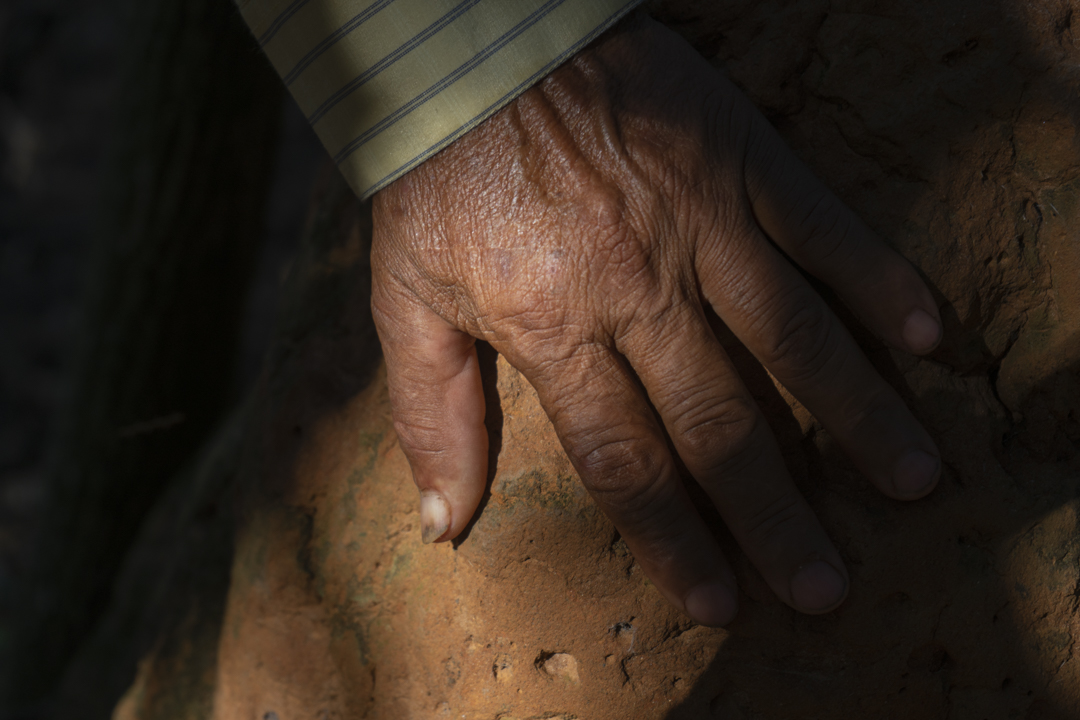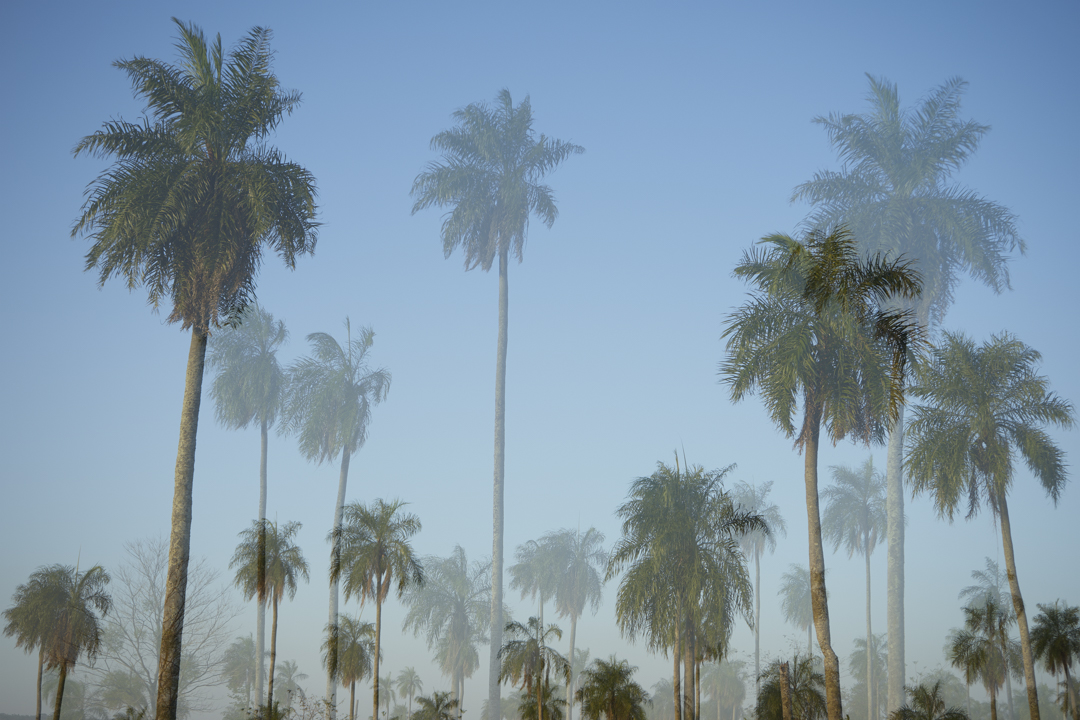“At least you’re a fine black woman,” some people told Mayeli Villalba when she was a child. They told her with a certain sadness that she did not identify well where it came from. She only understood a little more when, years later, she met a group of people who claimed the black identity. Since then, the African-Paraguayan photographer and co-founder of the Colectiva Ruda did not stop trying to get to know and embrace the Afro-descendant world.
The first thing was to investigate: she did it with the family inside. “I was raised by people who grew up with a subjectivity very hurt by racism,” she says. She found that her aunts denied her roots but that her great-grandmother Anabell wore them with pride. About her, she now does a job within the Colectiva Ruda.
As a second stage of that investigation, she took to the streets to take portraits of people of African descent. She noted how many also had difficulty with their own identity: “It is difficult to assume yourself as something that is rejected by society”, reflects Mayeli. The third moment of her research was introspection: self-portraits. Recognize herself.
Part of her work, commissioned by the Montevideo Photography Center, can be seen in the exhibition of the Africamericanos platform that will soon open in Uruguay.
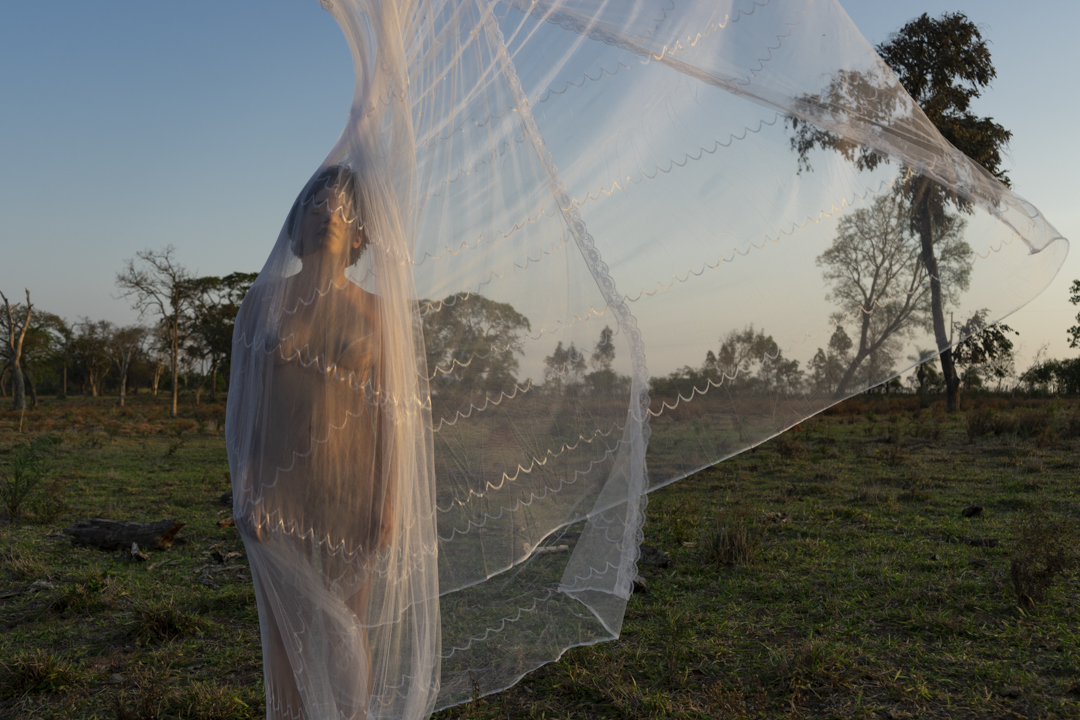
It is rare to speak of Afro communities in Paraguay. Many people do not know that they exist.
The same thing happened to me and I’m from here. It took me many years, just when I grew up I was able to learn about my black roots although all my life I grew up with signs and qualifications that had to do with it. Obviously, now one understands a lot more things. I always grew up with “at least you’re a fine black.” We used to play our favorite series with my little friends and when there was a black character it was implicit that I was that character. If there wasn’t one, it was harder for me to find who to be. There were some conflicts within that possibility, as in the Power Ranger for example: there was a male and black character, and we all knew that I could not be the blonde. That role was played by a blonde cousin. Implicitly we all knew it. In the end I could be Trini, the Asian who was the other woman but was not white or Zack, who is the black but who was not a woman. I grew up with that and as a child those things about representation, identity and image always happened to me. So I grew up.
In 2010 or 2011, I was working in the Ministry of Education of Paraguay. We made an educational policy with focus groups for consultation. One of the groups were Afro-descendant populations. One day a group of Afro people arrived who work on the visibility of culture and I looked at them and said “I’m from here.” It marked a before and after.
Obviously it was not the first time that I saw a group of Afro people, but the difference is that before I did not understand what that implied. Her job was to speak and claim that identity and that greatly activated my training. I started working on building a bond with them. It is a community called Kamba Kuá, which is near Asunción. “Kamba” is the way we call the blackness of Paraguay. “Ku” is black but it can be an object: a cup or a thing, a clothing, but “Kamba” is a person. This group Kamba Kuá means “black cave”, it is a name that was imposed on the community in the 19th century.
I made the decision that in my personal projects I was going to investigate all about the afro-descendant people Paraguay. Because with just googling nothing is achieved, there is a void in a field that is not studied, not investigated and a lot of information is missing. In college I studied social work. My thesis was with this community and this helped me to systematize the search and organize the information.
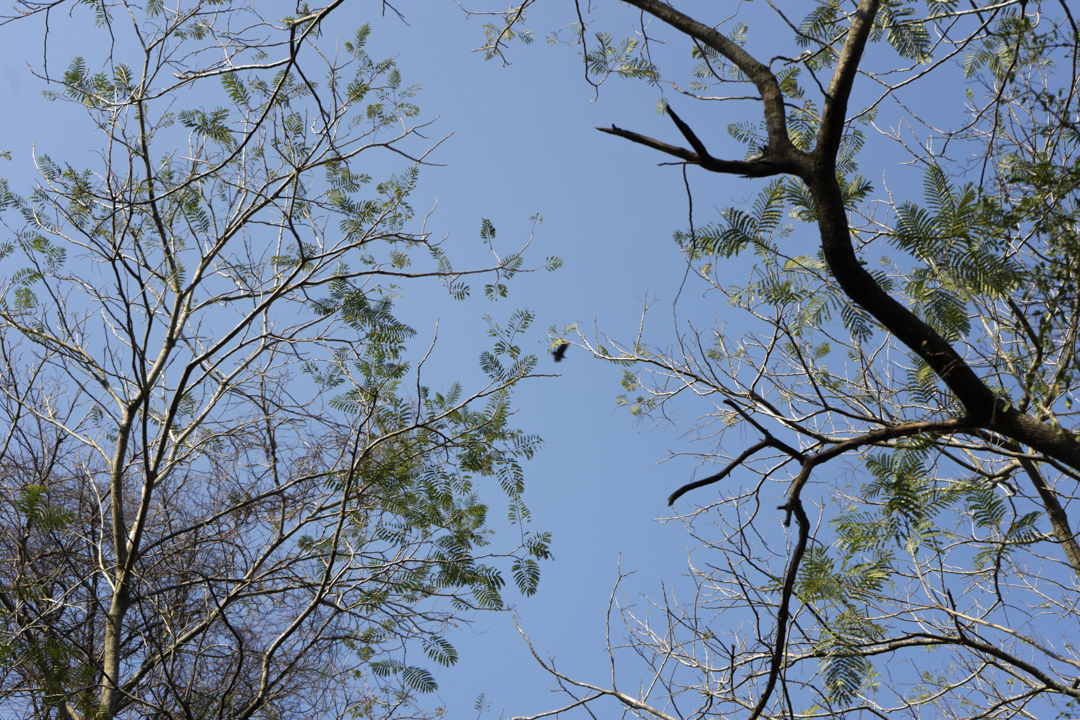
Did you research your own family’s origins in that process as well?
My family is from a town called San José del Rosario in San Pedro, it is one of the largest departments in Paraguay, mostly peasant. My ancestors were bought by the second president of Paraguay Carlos Antonio López, who owned farms in that place and bought enslaved people from Brazil. The first mission was to channel to build a stream and raise water to be able to drink and that the crops could be watered more easily. It was bringing the water closer. That town was built with enslaved workers. That is my black origin. That town is mixed today because there was a Mennonite colony nearby, so there are amazing mixes.
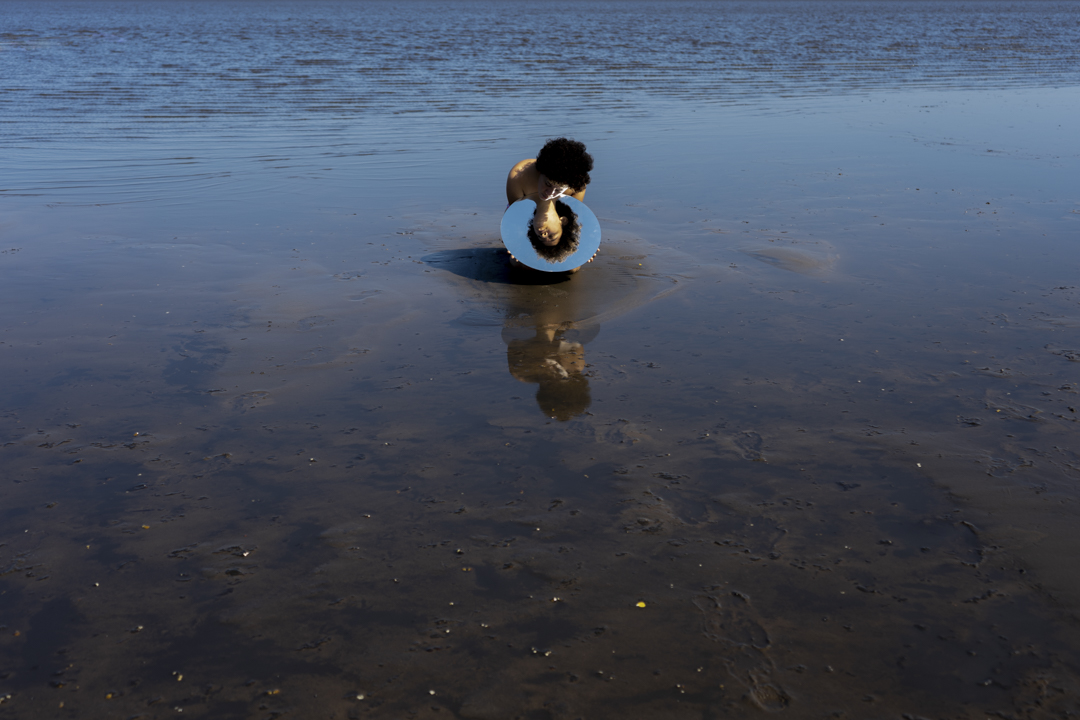
Was it an impact for your family to know about your search?
The truth is that with my mom everything is always easier for me. Maybe it was a process of making them take into account too. Many people live life, save the day and that’s it, they don’t give themselves the space to philosophize; other people do. There is always a denial because racism makes the negative association with blackness very difficult to dissociate and nobody wants to assume it as something negative, as something rejected by society. First you have to do an internal process to get to that point. In my family, my aunt used to say: “luckily you already came out whiter and prettier”. Or, for example, I have an elderly uncle who is the one who has a lot of information and always says: “I’m super black and that’s why I’m horrible.” There you find those things that are very painful and you have to explain how we inherit traumas.
That does not happen to me, but I was raised by people who grew up with a subjectivity very hurt by racism and there are traumas that are inherited generationally. Racism is a device that generates a lot of trauma. I did not meet my great-grandmother in person because she died when my mother was a child. My great-grandmother is the figure who agreed on the blackness of the family and that was fabulous because even my aunts, who said they were not black, say that her great-grandmother was black.
Knowing about my great-grandmother Anabella was a very important key for me to be able to talk with my family about blackness because she is a figure who has a lot of love from all her granddaughters, who are my aunts and my mother and they all want to be alike. Obviously they are also black and through her it was much easier for me to talk and get a space to talk about the family’s self-perception. Now I’m doing a job with the Rudas with the story of my great-grandmother Anabella as the main character.
But it was with love and with time. I go to San José del Rosario once a year and now I am going more for the project. Every time I go we talk. It’s like six hours from Asunción, if all goes well.
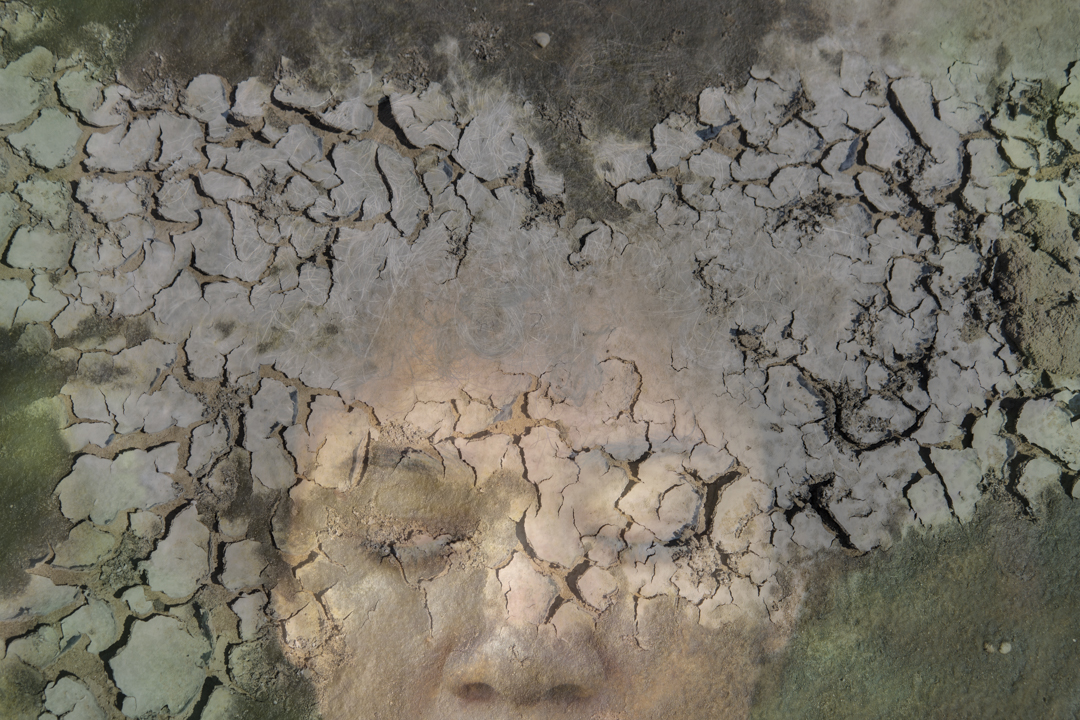
Love and patience seem central to your work.
What happens is that I realized that this is my job for life. At least I assumed it like this: since 2011 I made the decision that this is the job I am going to do. Maybe in five years I will be fed up and do nothing more, but at least now I think that I will work a long time on that. It is too intimate for me, very personal and has an importance and a capacity to respond to things that are very vital to me. In addition, it helped me a lot to heal wounds that were caused by racist violence all my life. For me it is necessary to do it well and find a way. If slow is the way then I’ll do it like this.
I seek to reach people with whom I have not been able to build a very close bond before, even if it is my family. That’s probably why I take the time. I also feel that my work has changed a lot since it started.
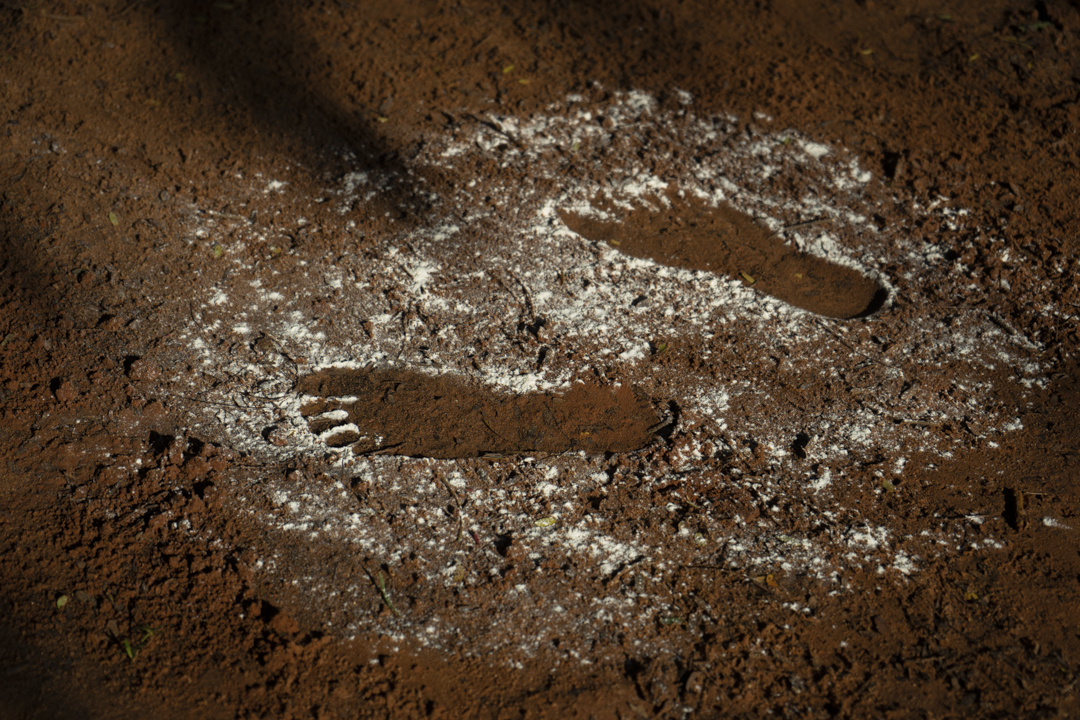
Why?
The most obvious thing is that my photographic work at the beginning was dedicated to taking photos of other people. There is a first stage that was to photograph the three communities that perceive themselves as Afro-descendants in Paraguay. I made many visits, I spoke a lot with them to register their daily life, their days, to do portraits.
Afterwards I found it interesting to work with people like me. Let’s say I was part of the Paraguayan diaspora. We did not grow up in any community that preserves the history, the memory, the consciousness of blackness. But obviously we are also of African descent and it shows in our faces. I thought about how to look for people like this on the street, in the theater, in a demonstration, in the bondi, in the common and ordinary places I pass through and then there was the second part: the portraits with people who are outside the city. community and with many of these people was to approach and raise them for the first time in their lives that they have black genetics. That process was super nice.
It was a very delicate job because, just as my family does not want to assume, imagine a person who is not thinking about it. I found the way. For example, he would say: “I have an artistic project, I portray people who look like me, with this kind of hair like you and I have, did you see our nose? Or skin color?” I put myself as an intermediary. And then I would tell them: “I am like this because I am Afro-descendant and I am struck by how much we look alike, it seems to me that you also have black features.” I said that but adapted to the situation, depending on if I was at a party, or where. Once I dared to talk to a girl on the bus.
I met one of the girls I photographed at 8M, which is one of the largest demonstrations here. I found a girl who had a very proud afro. Huge hair, with a lot of volume and full and thick lips because they were with glitter. There are many ways to hide when you are ashamed of your body and that was not your case, I said: “This girl is black and she knows it.” So it was a very liberal environment, we all talked to each other and I said: “Che, what’s up, I’m a photographer.” I don’t remember verbatim but I told her: “Look, we look like each other, we could be cousins because we look like each other and I have a project in which I take portraits of people who have similar physical characteristics. My project is an investigation on the Afro population in Paraguay ”. The truth is that the girl was super interested. When I meet people I ask them for a history of their family. I don’t want it to be so frivolous to portray because they have a black face. I ask that you speak to your families and that the next time we meet you tell me a story.
What happens is that first there is an internal conversation of that family, to say “let’s talk about our blackness.” Second, the endorsement, the confirmation of the black identity, finally comes from a conversation with the family and that gives it another instance. The person leaves sure that they have a black root and that moves people a lot. After that I saw many people speaking for the cause, investigating and understanding many issues of their realities and with many I remain in contact until now.
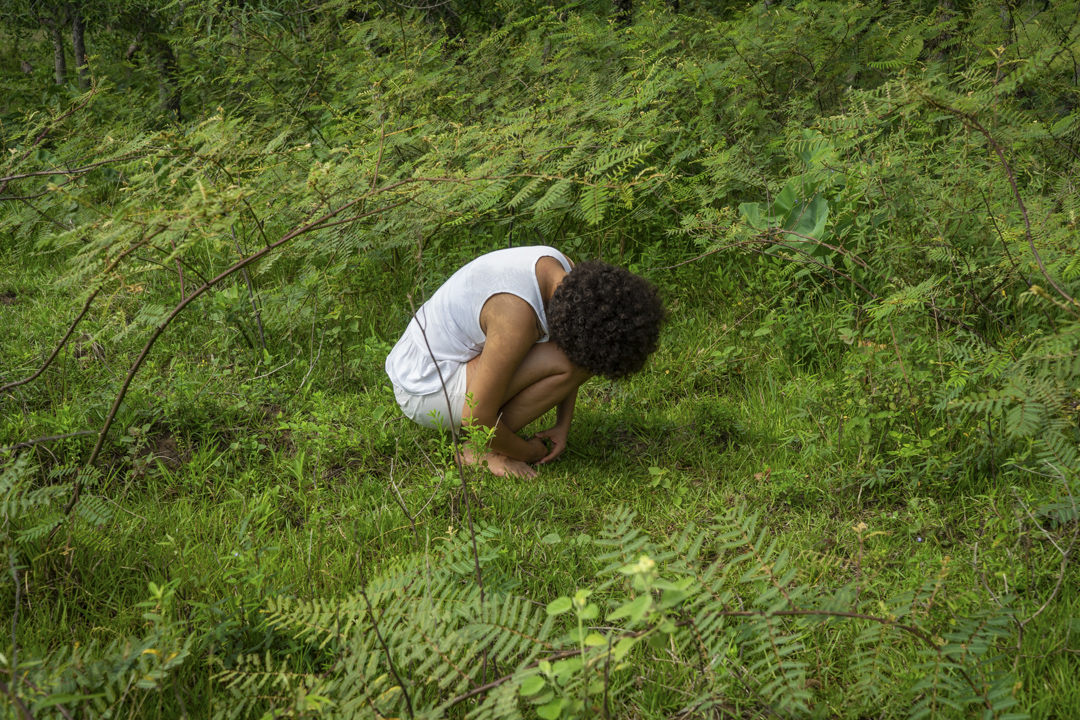
And the third moment of your work?
The third moment is much more self-referential because I make self-portraits. For example, a self-portrait of my feelings, of how I process this experience. Violence is very present too.
It seemed to me that up to a point what I was doing was fine but there were things that I couldn’t say with portraits of another person. I realized that these are things that I need to say. What I want to say is something that is in my head, so it seems more honest to me, a different instance of honesty. Put my face to say what I want to say and take over.
It was very difficult for me to take pictures of myself, because with this issue of the racialized image that people who are not white have, it costs us a lot for our image. I don’t know if all of us but many of us agree that it is very difficult for us throughout our lives to face the mirror, the photo. When I was a teenager I started taking photos and one of the advantages that I got from taking them was not being in the photos because I was the one with the camera. I always had a hard time facing my reflection because I had a racialized body and it was difficult for me to see my hair, my nose, my forehead. It was knowing it was there but not seeing it.
Little by little I began to find the good side, to reconcile, to look calmly, to heal and to understand that many things that were in my body were not a mistake but a form, nothing more. There are many people who are like this in the world, even if there is no advertising on TV or in the cinema. Or even despite the fact that the times it comes out is the negative reference. It was doing a therapeutic process on a psychological level to understand all that. Then also understand the importance that it has more and more of us who assume these body shapes as something normal. Heal your personal wound. Especially the people who work in communication and use social networks, who have the possibility of occupying certain places of identity with our work. I also understand that it is a political tool and from there I began to work on the self-portrait more from that place.
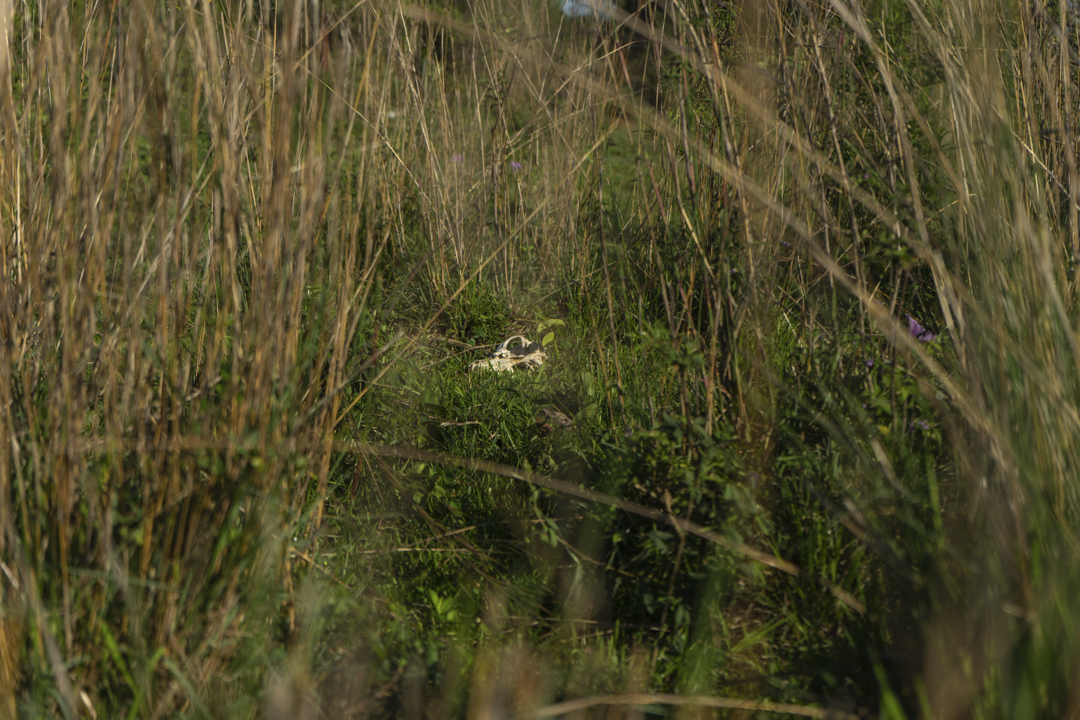
How was that leap towards the collective? How are you working with Ruda with your family?
With Ruda we have a project called Ancestras where each one develops a project starring an ancestor of her family. Mine is Anabella, who is my great-grandmother that I did not meet in person. I’m researching things about her. I got a picture of her that they sent me from Buenos Aires. The rest is to find a way to represent her and her story and her experiences. The idea of that is to look for the common thread between her, my grandmother Fernanda who is my mother’s mother, then with my mother and me. It would be a lineage of four generations. Our experience was mutating a lot. My idea is to see a bit of what essential issues I grasp within Anabella’s story to explain a little the process in terms of lineage from her to me.
There is something very nice about Ruda and it is that we are two people who work from Afro-descendants: Koral, who works in Mexico and who also chose her great-grandmother. That is wonderful because it is Mexico and Paraguay. It is surprising when we discover that we live so far away but have some things so similar in terms of certain historical processes. That is an accompaniment, a way of dealing with what you find, a way of feeling not so alone in photographic work, which is sometimes very lonely. Some who work, for example, a migrant European ancestor. She is a white woman who had to run from her land to take refuge.
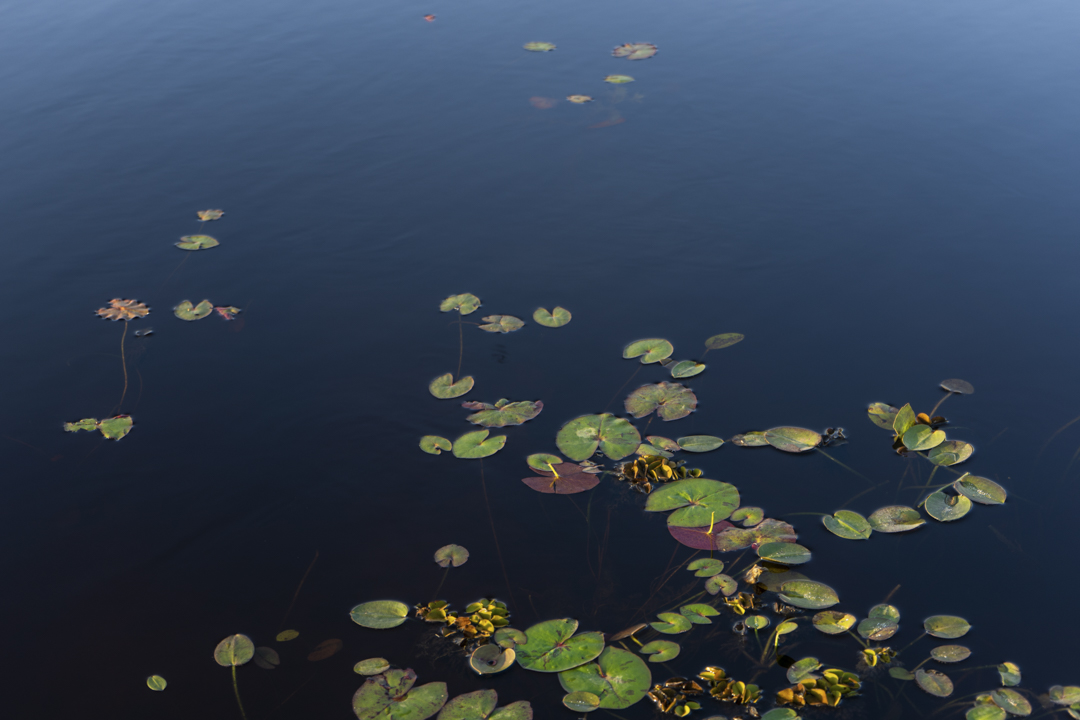
How do you think this process intersects with the irruption of feminism?
The truth is that gender, race and class can never be separated, they feed back and one phenomenon generates and modifies the other’s things. It is not the same to be a woman and not be racialized, it will never be the same experience even if you are upper class. You can be racialized and the experience will never be the same as a white woman. These three things dialogue with each other all the time and produce realities.
I always tell that first I discovered that I am a woman, in the sense that I understood how many of the things that happen to me have to do with the fact that I am a woman in a patriarchal society. Later, when I discovered racism, I also discovered what it is to be black, beyond having determined hair or nose because I understood that just as all these problems are because I am a woman, all these other problems are because I am black and I understood that those problems women who are not black or indigenous do not. The two situations feed back permanently.
What feminism gave me was to open up a gigantic world for me by understanding that there are many different paradigms and that no reality is natural, but that all are produced. There are huge systems that produce these realities: machismo, classism, racism, which was the last thing I understood at a theoretical and deep level.
Feminism was super important because it took me out of normality, out of the robotic mood of following the rules and that this was the only way to live. To puncture that bubble, at the beginning was to discover and understand that there are many other things outside the matrix. It was being open to looking for other answers and asking a lot of questions. Paraguay is very masculine and there are a lot of myths about the glorification of women but they are only myths. It is an empty facade, just, that serves to sustain a status quo.
